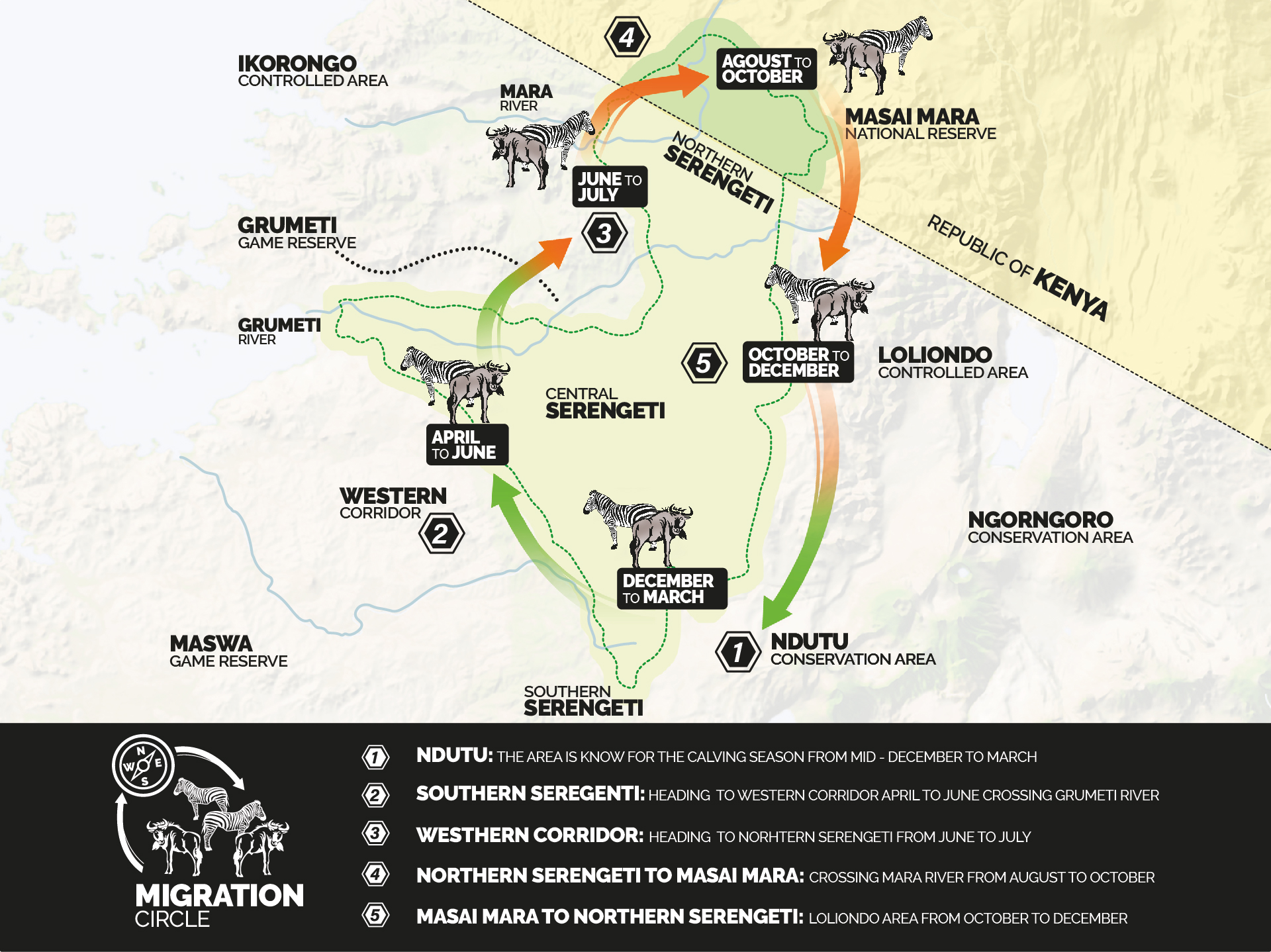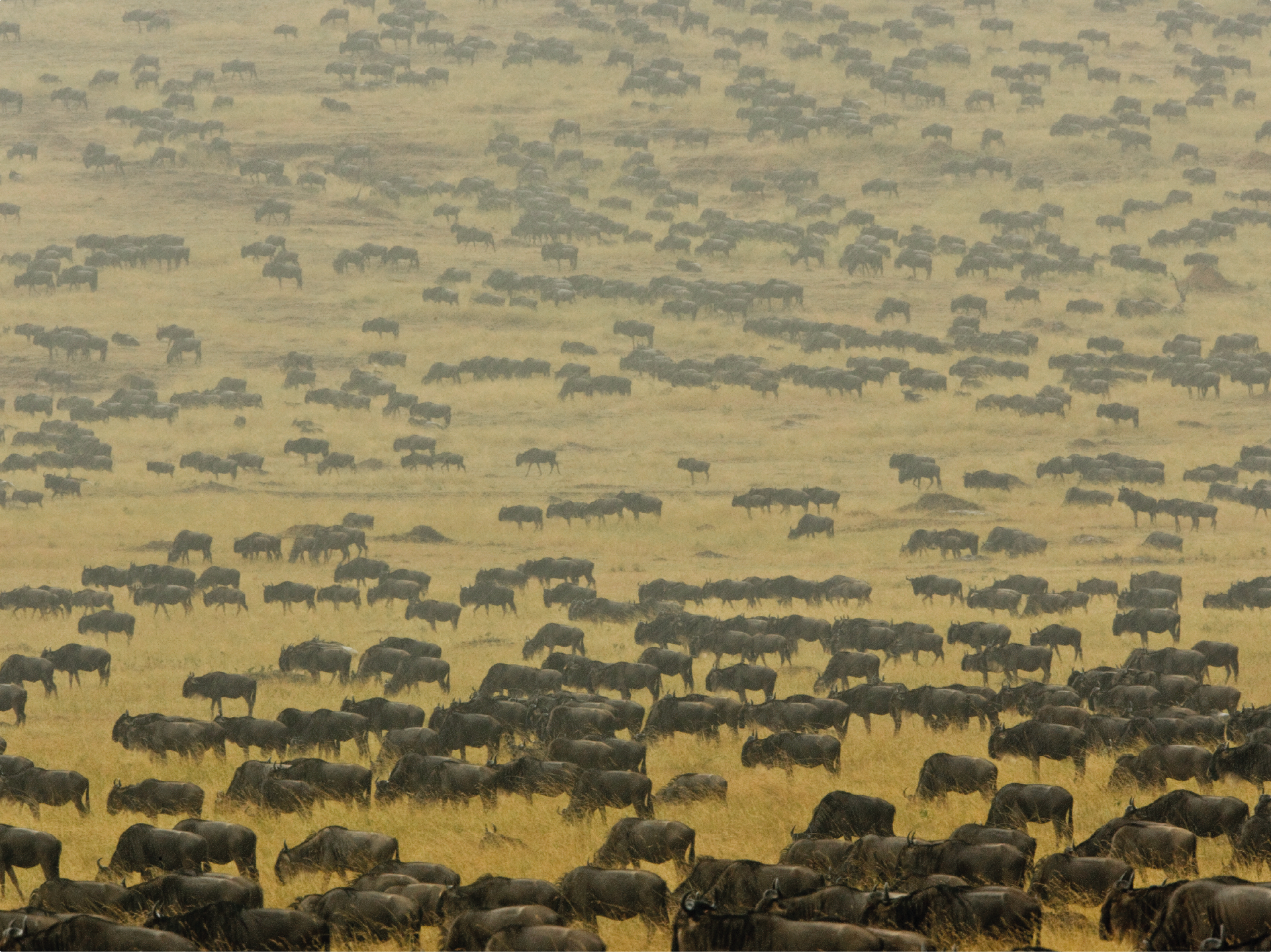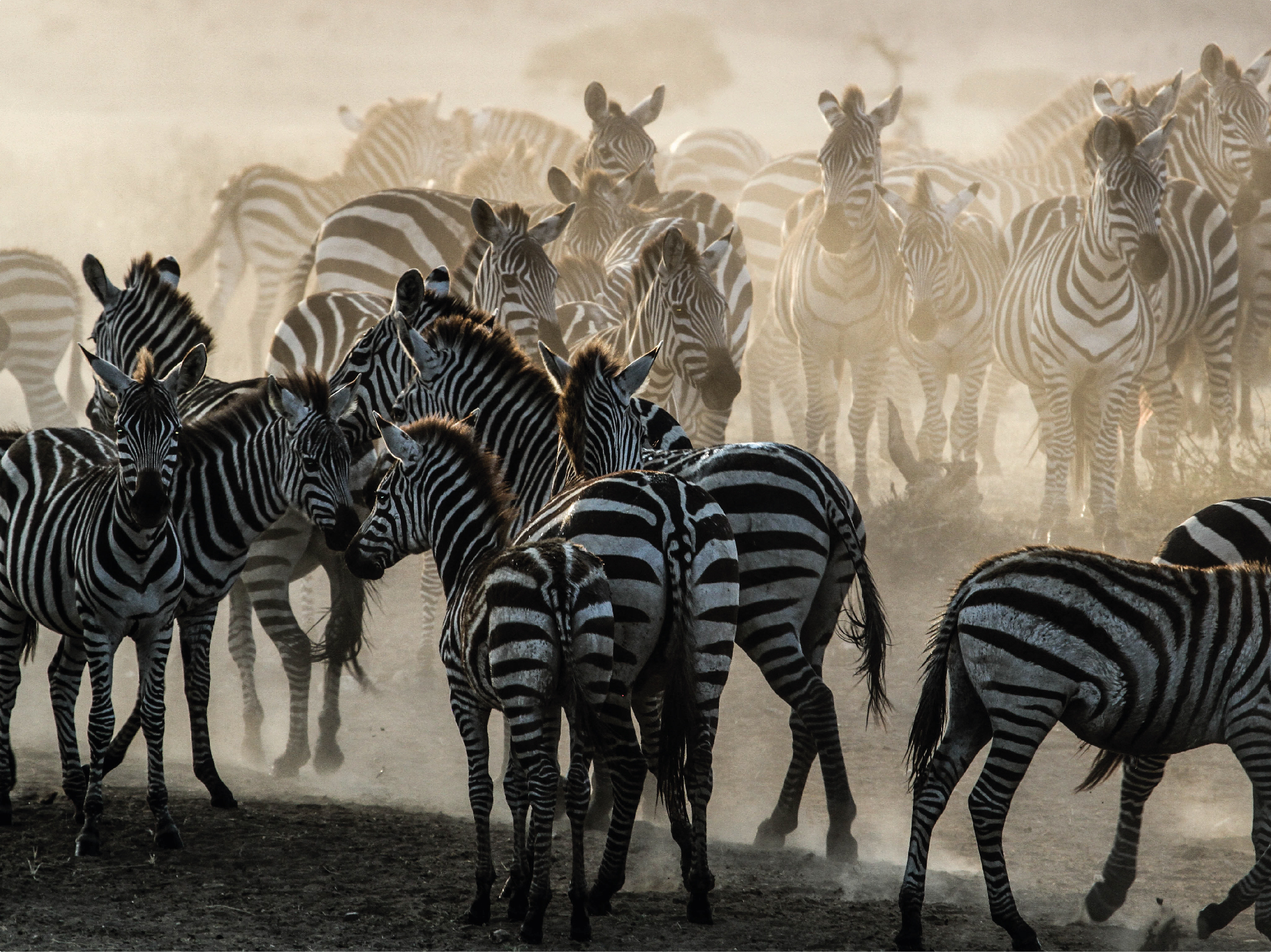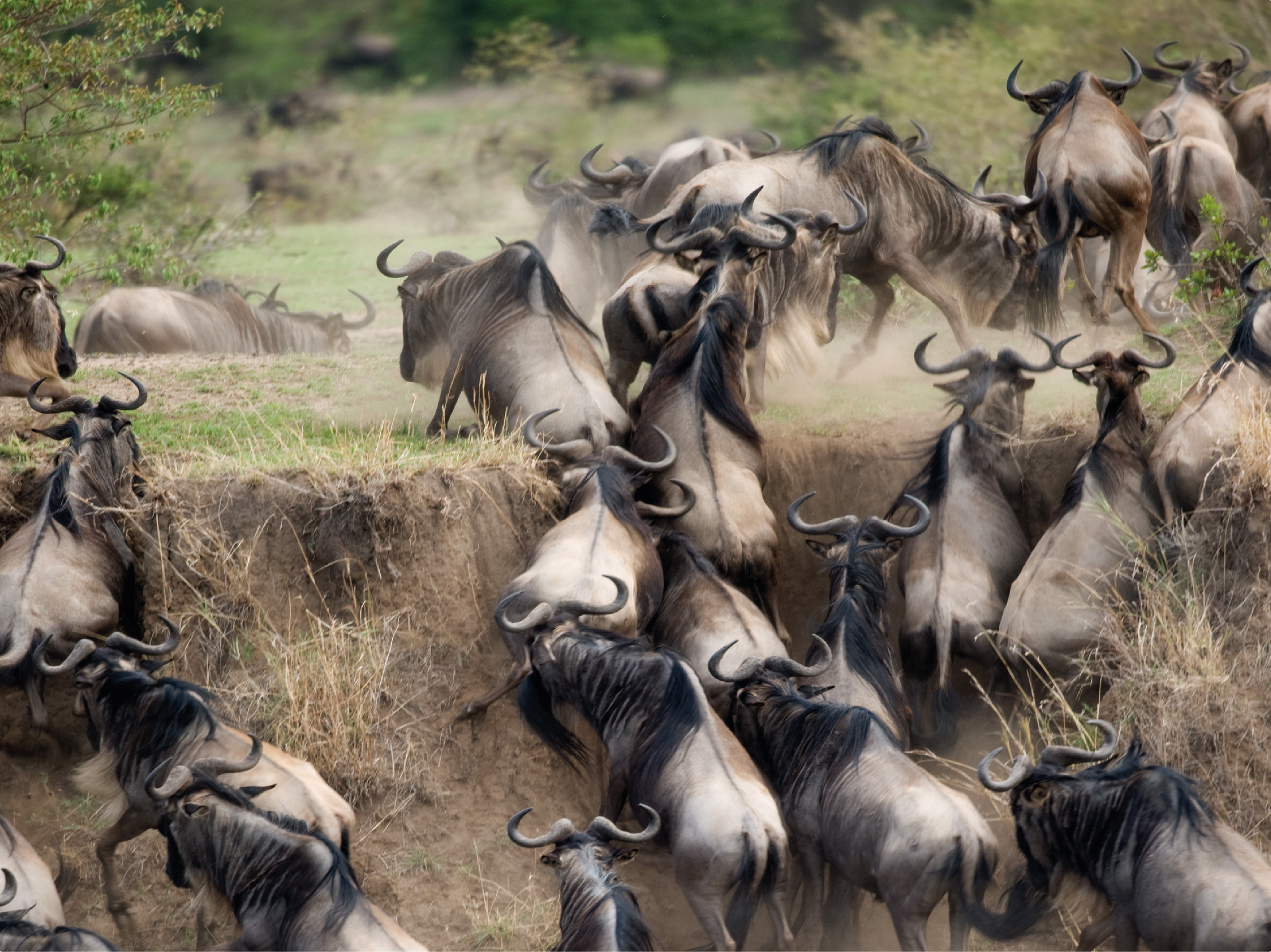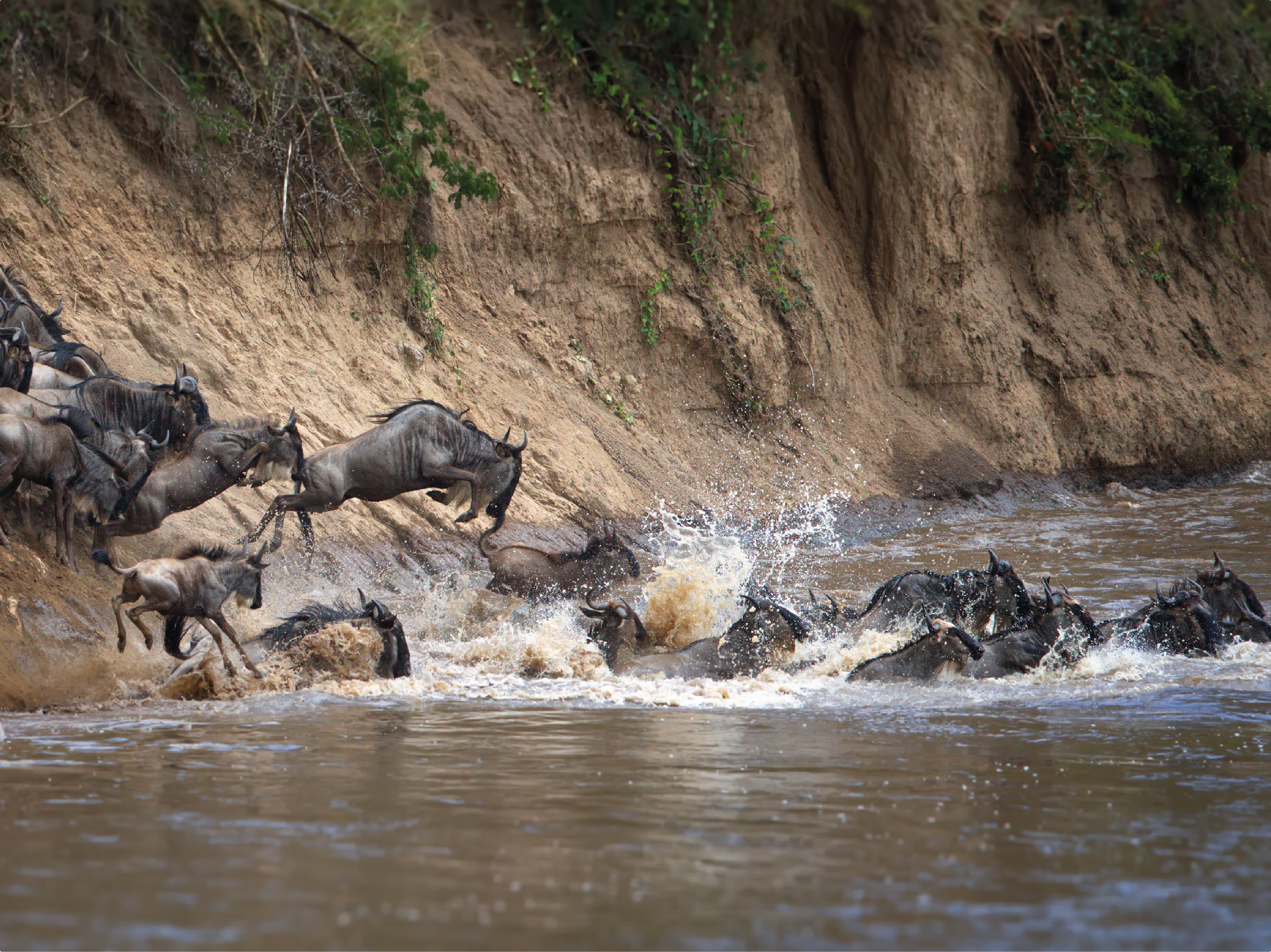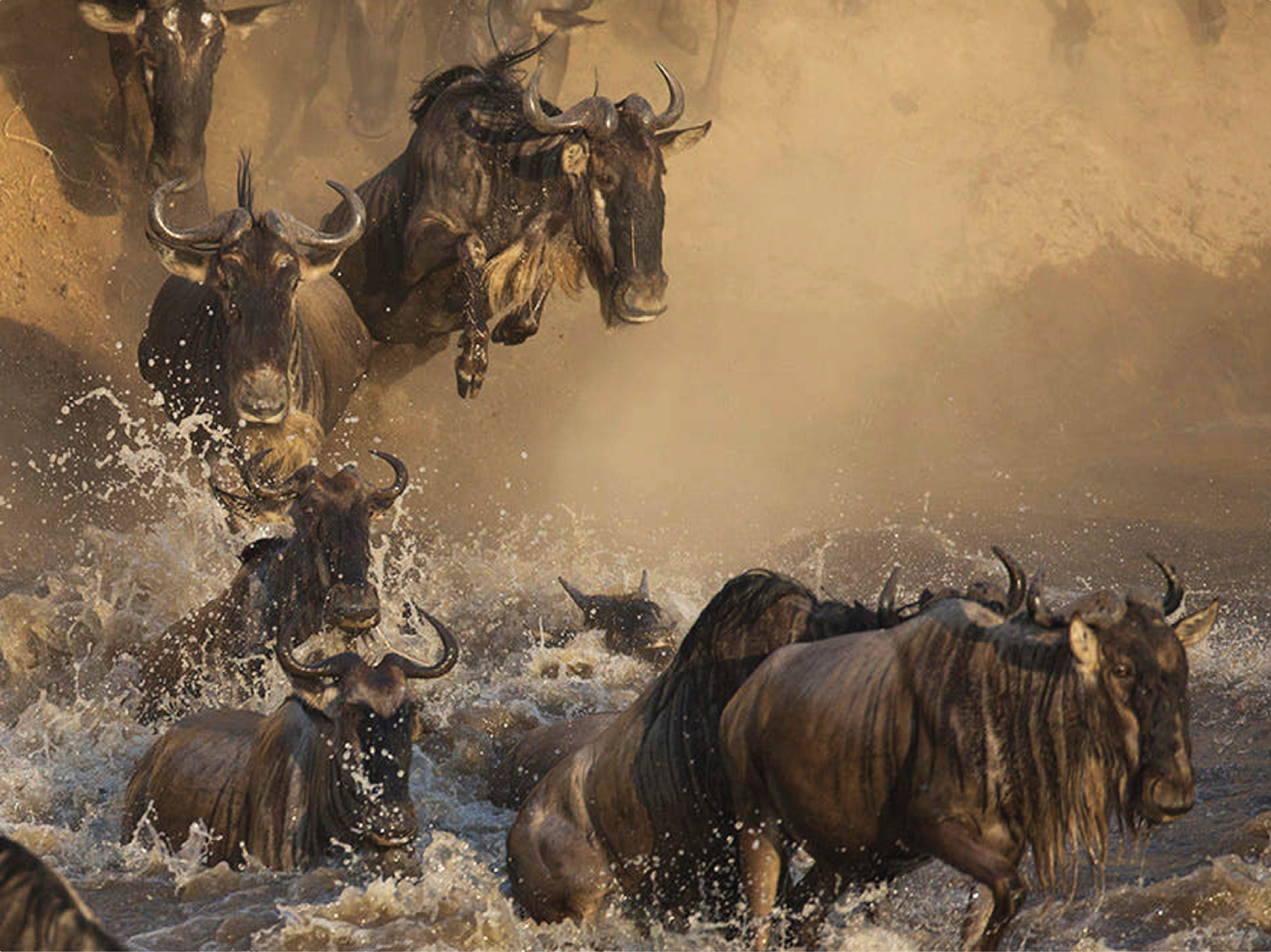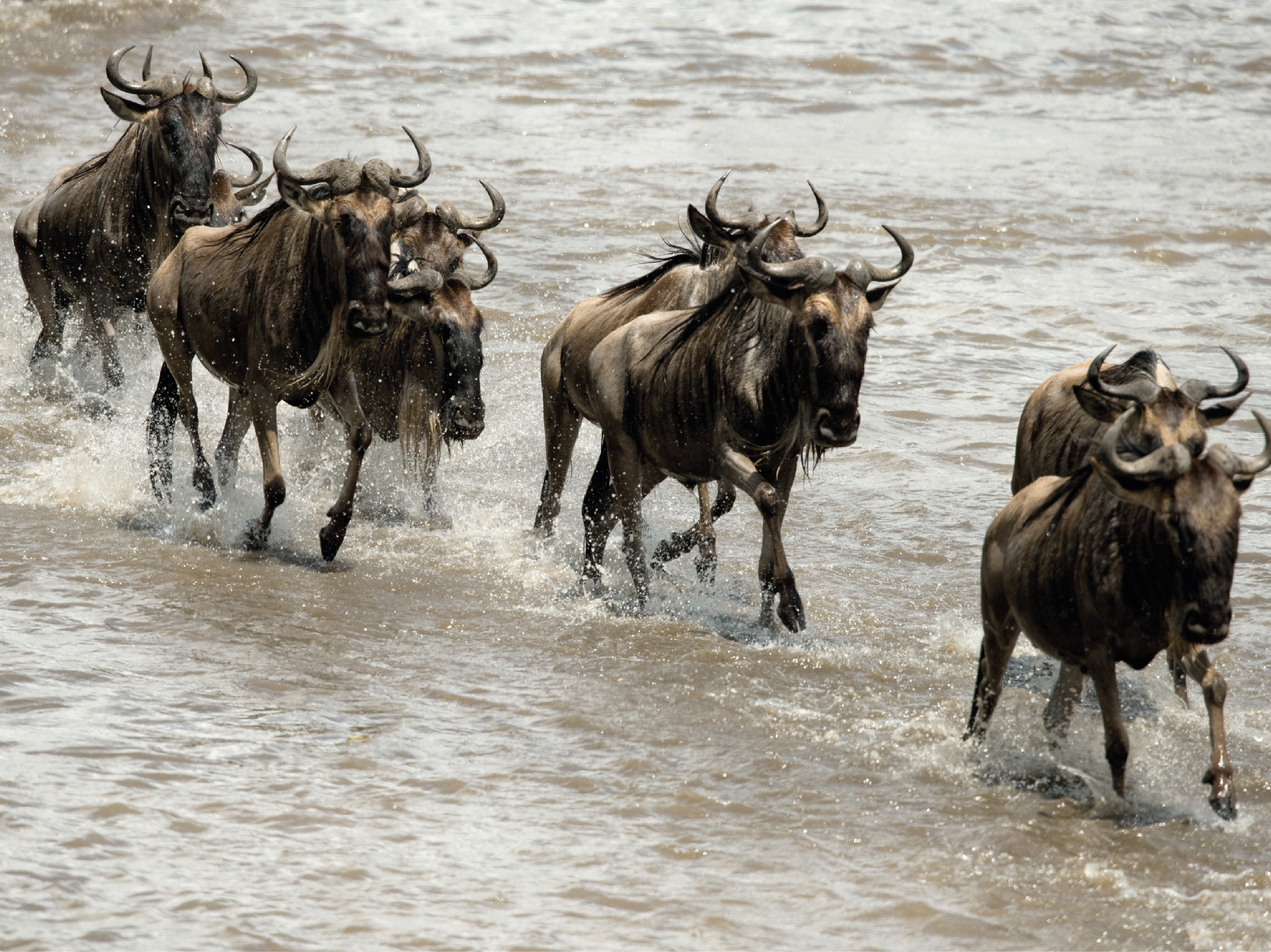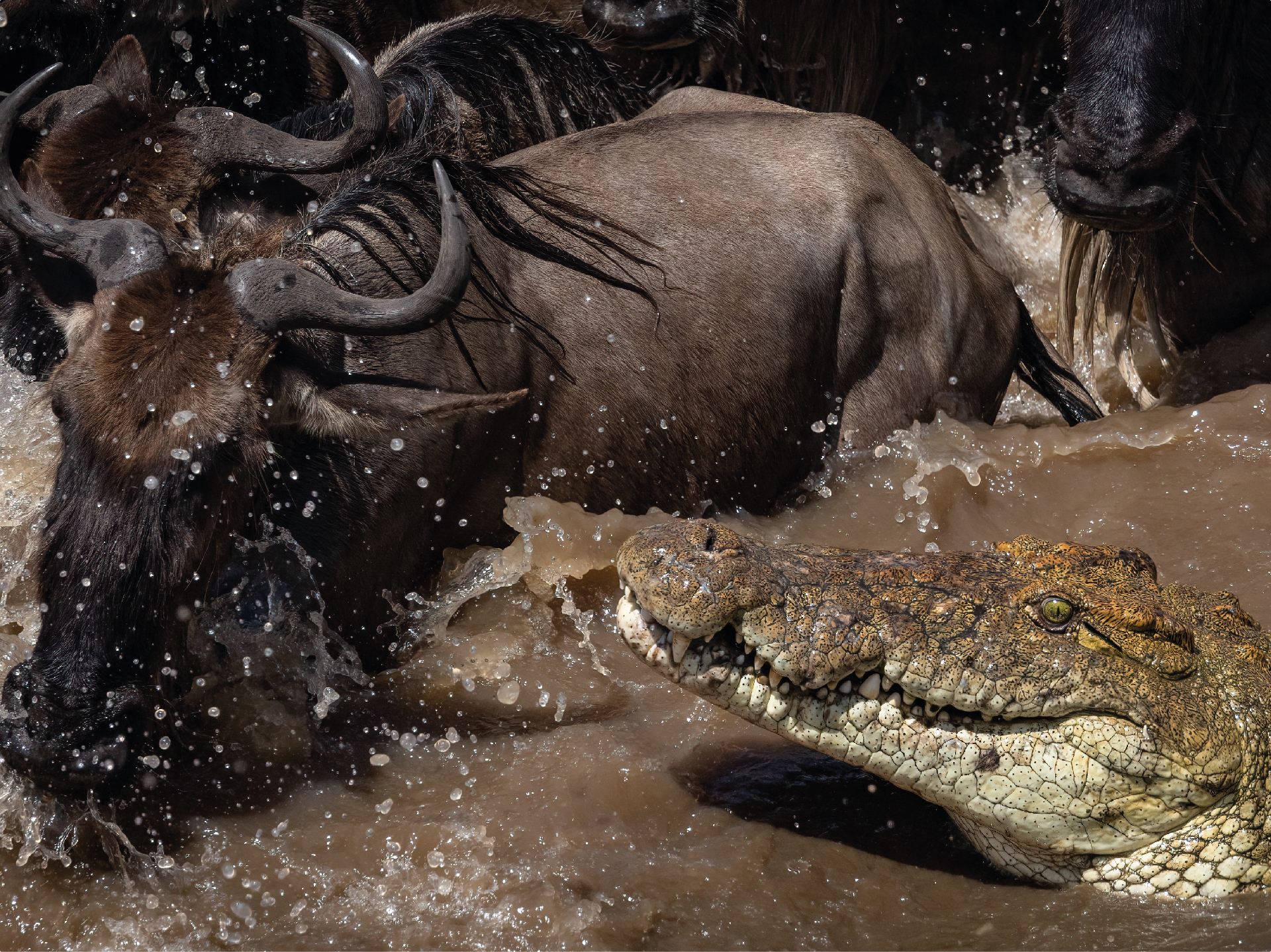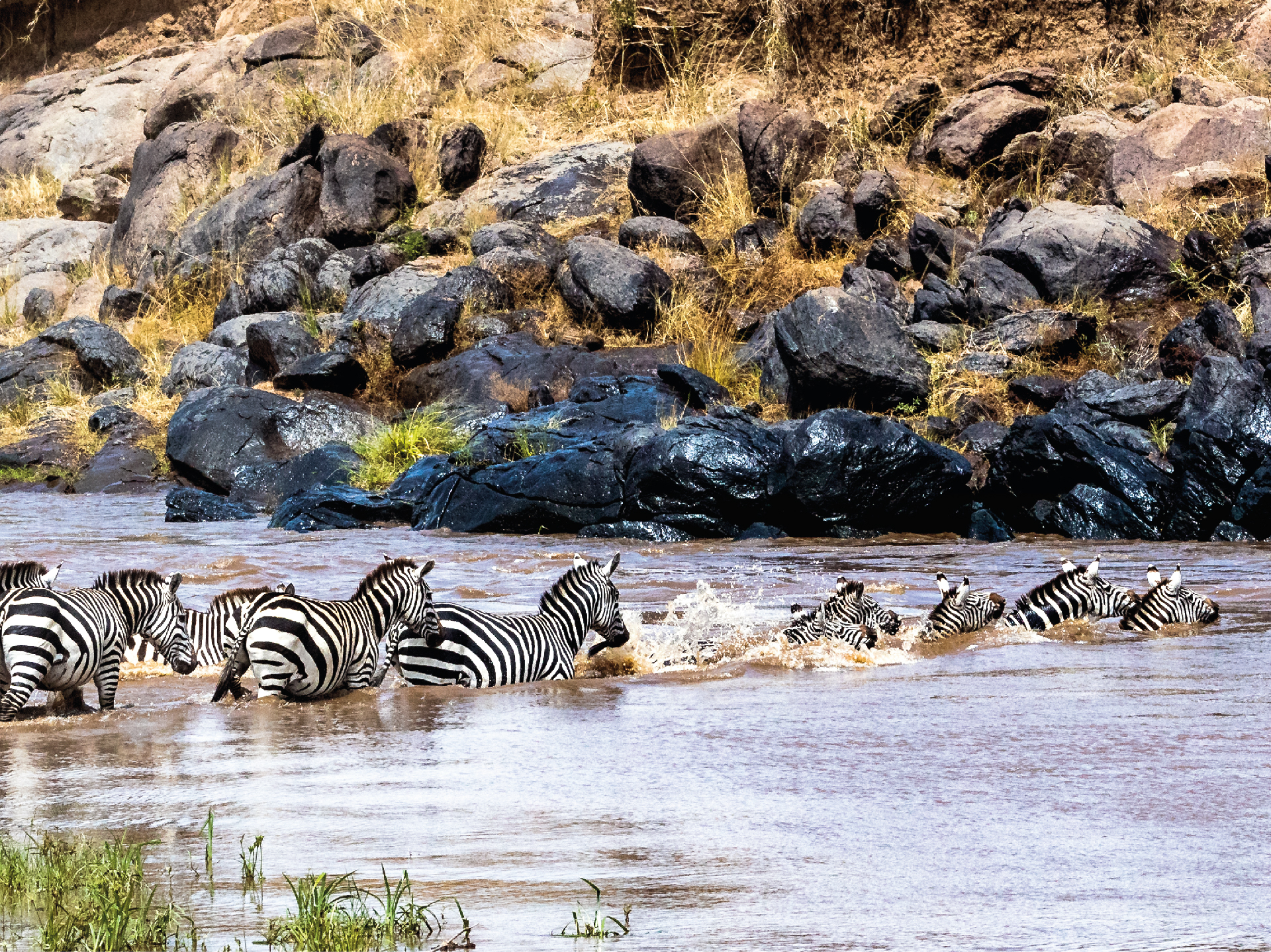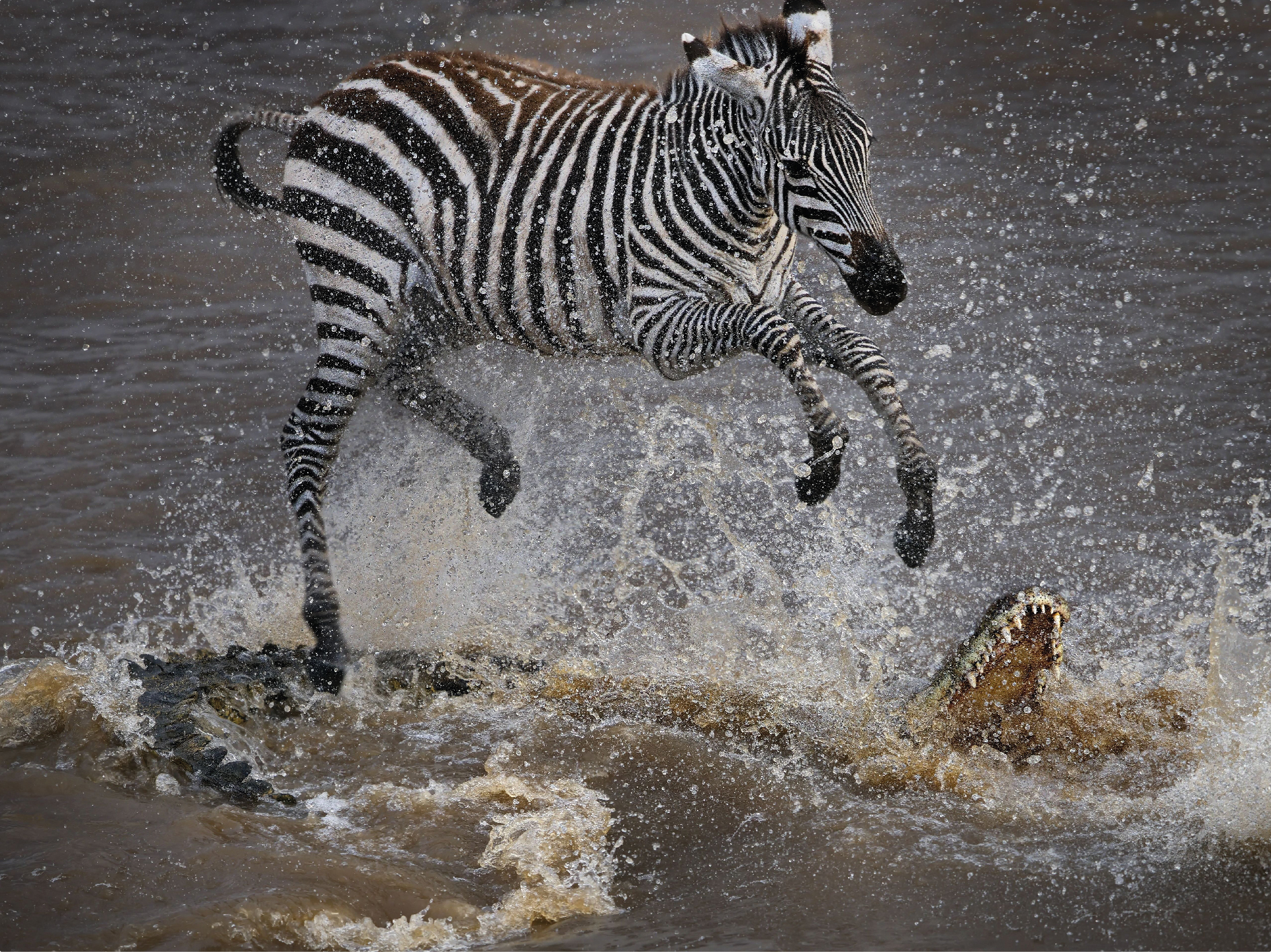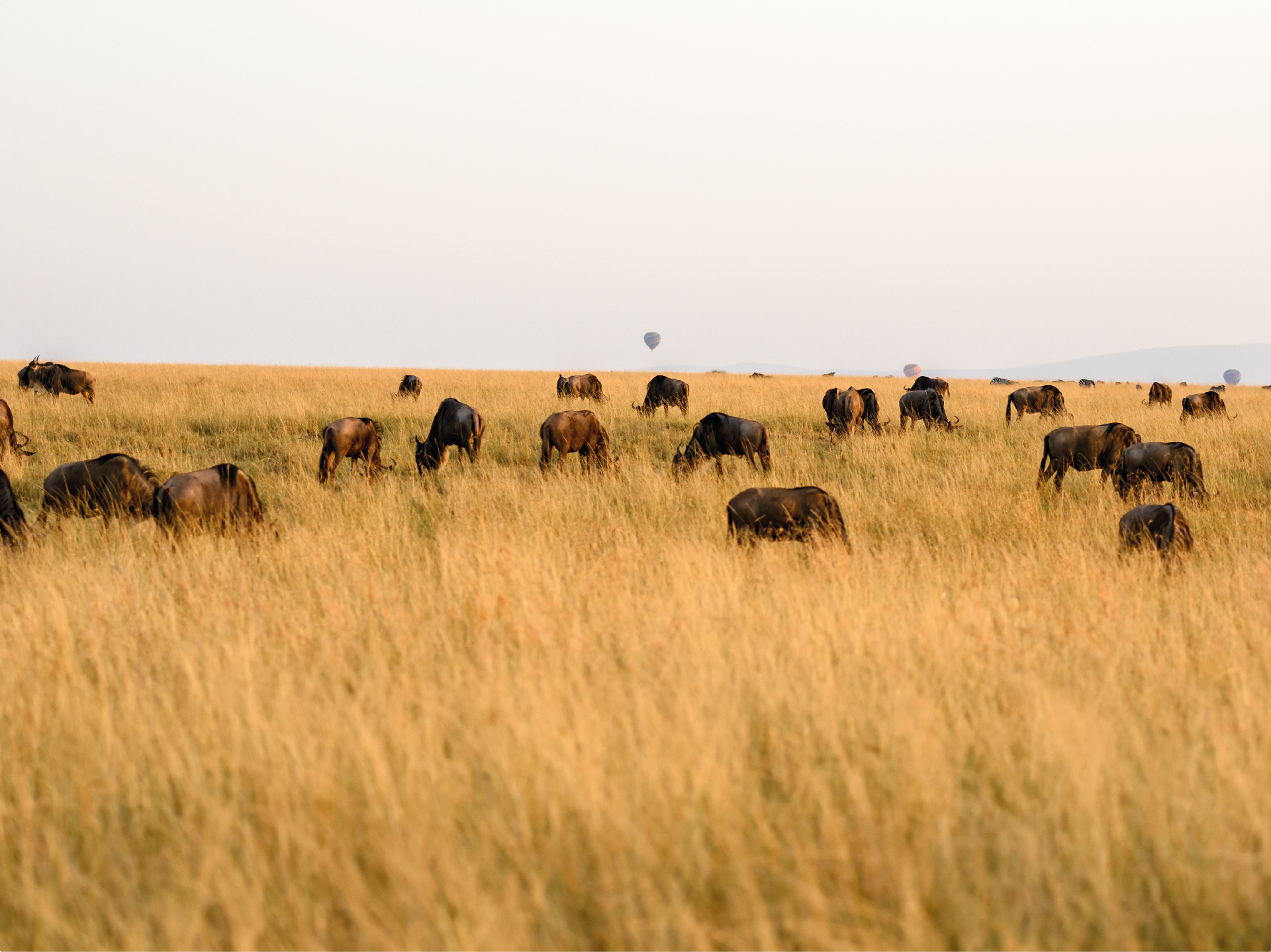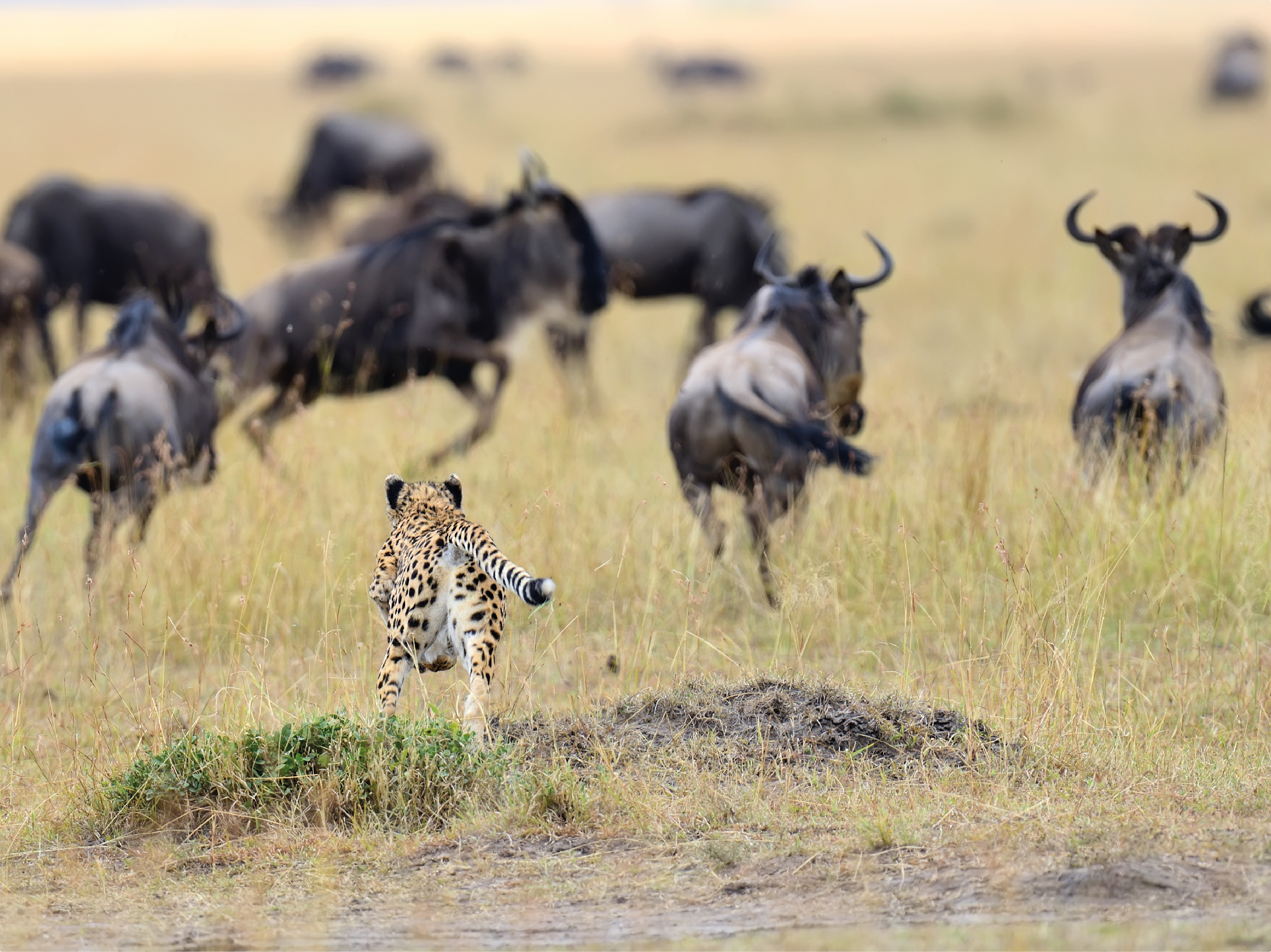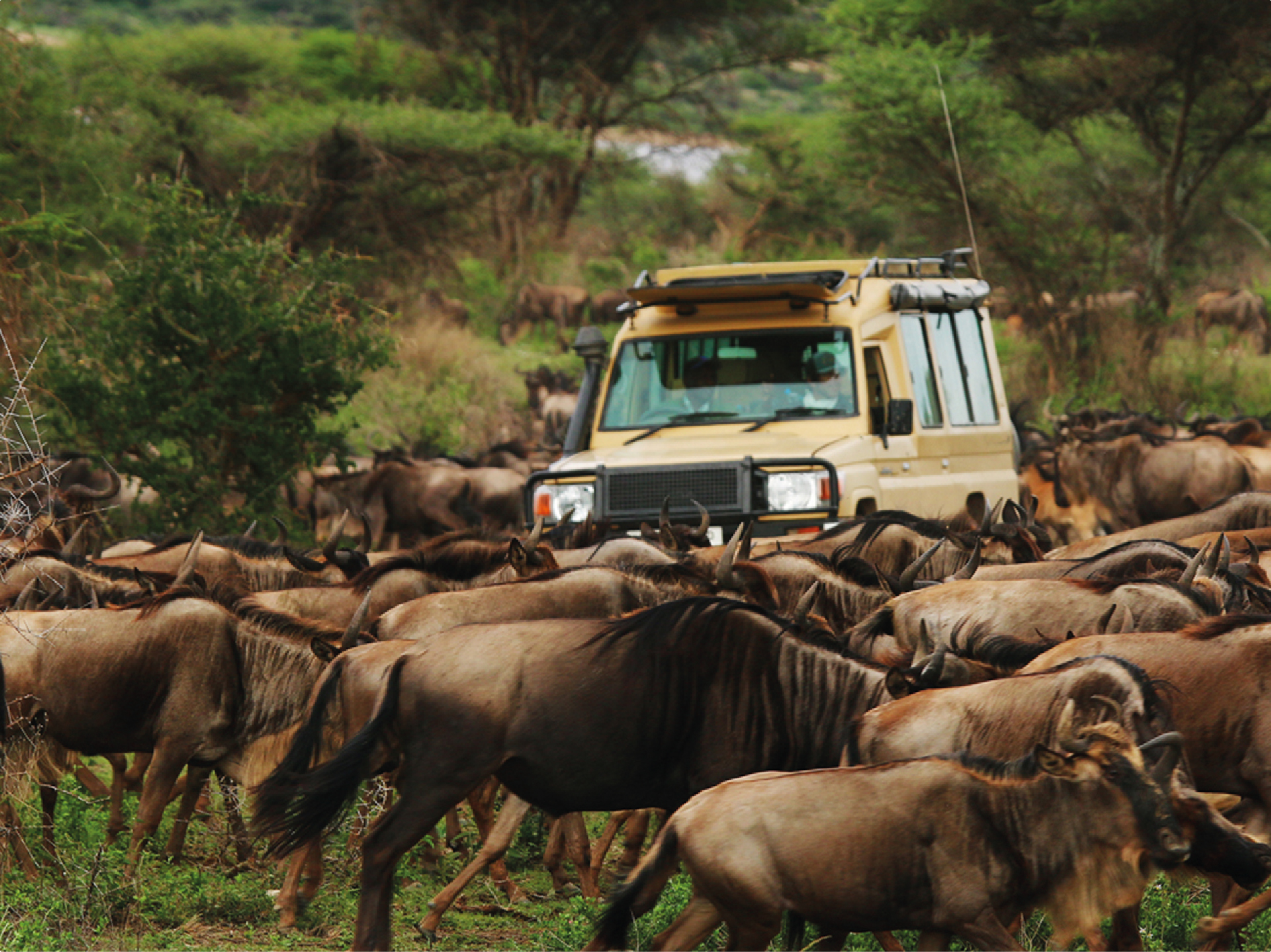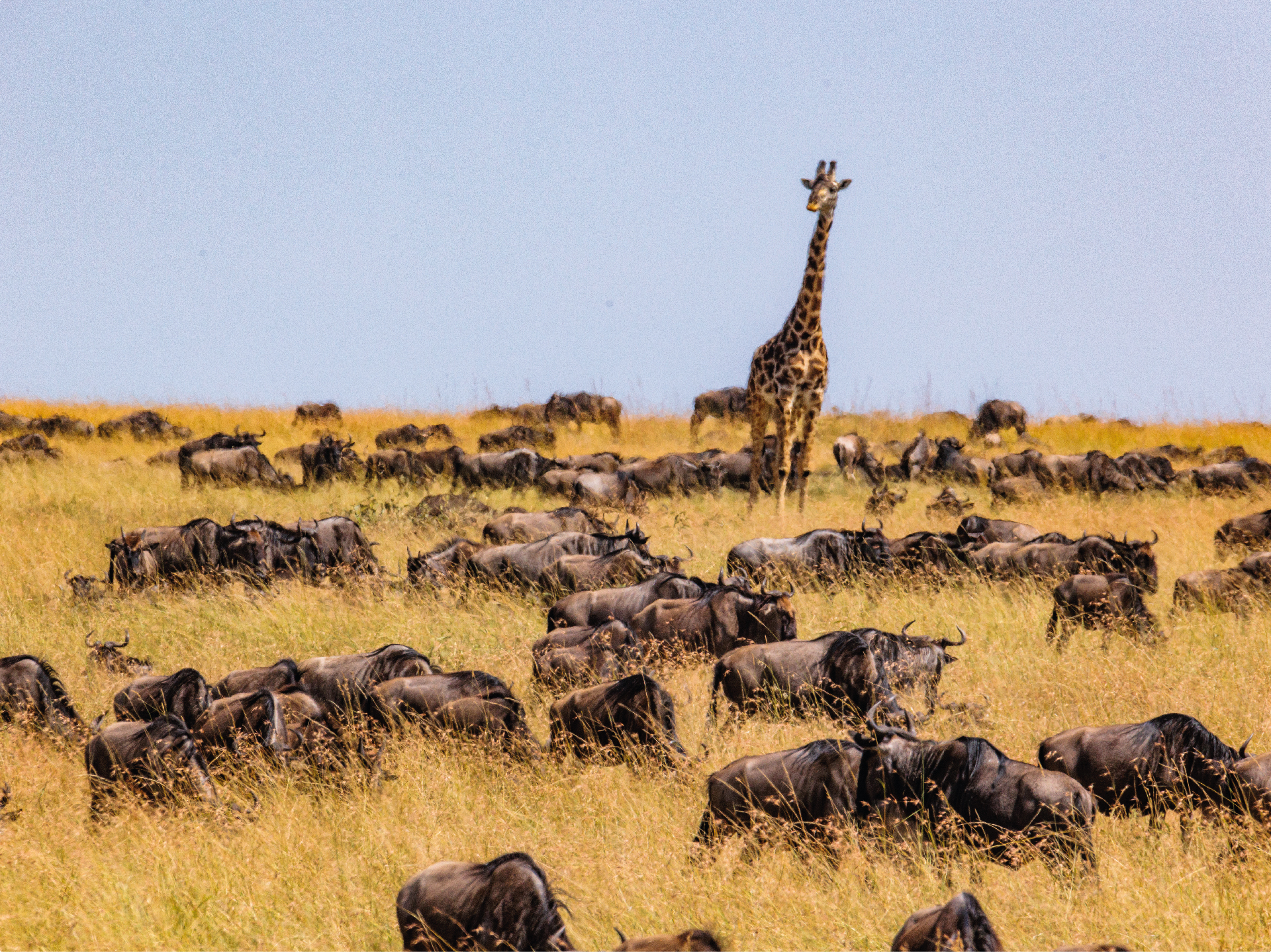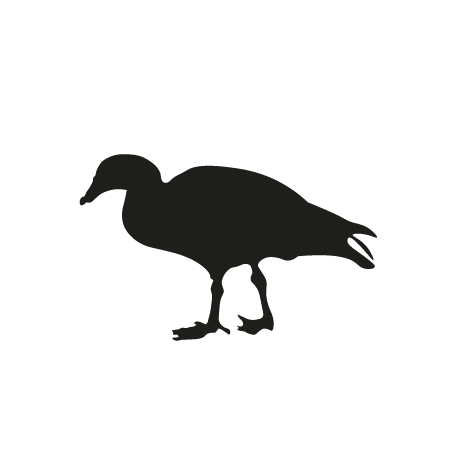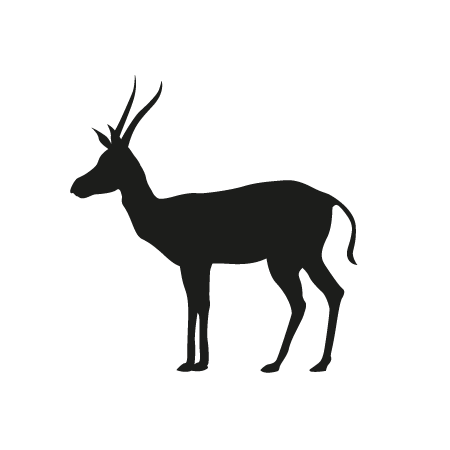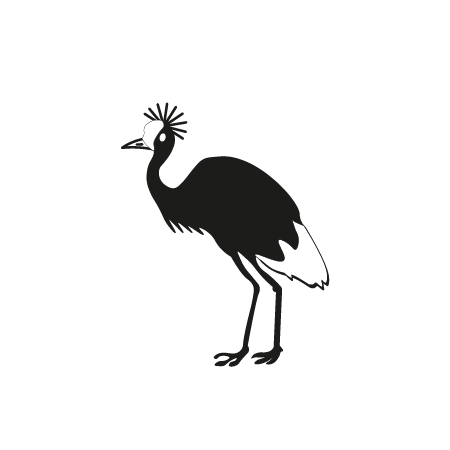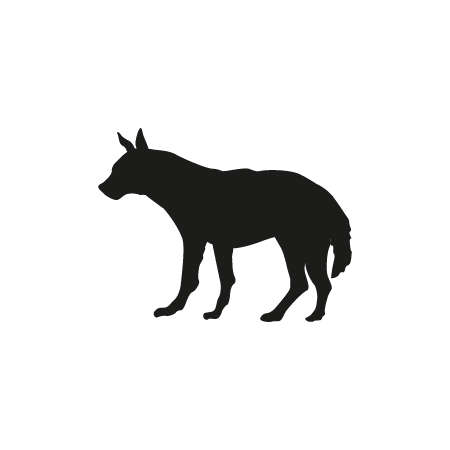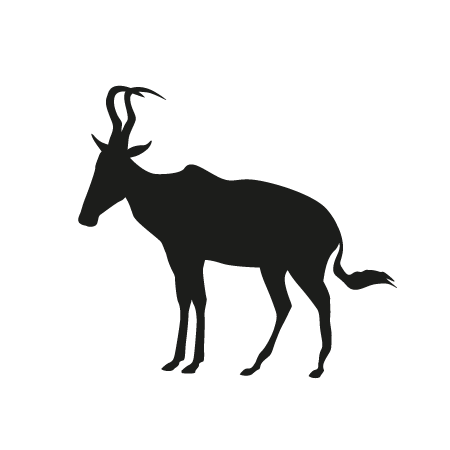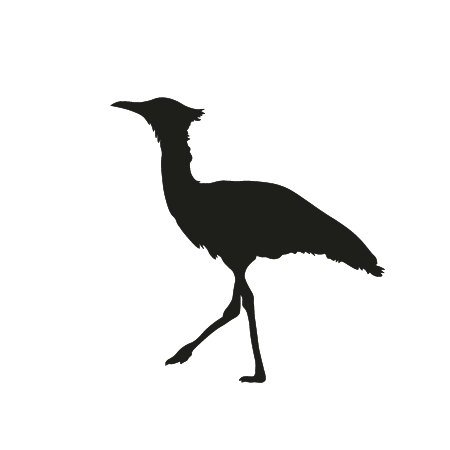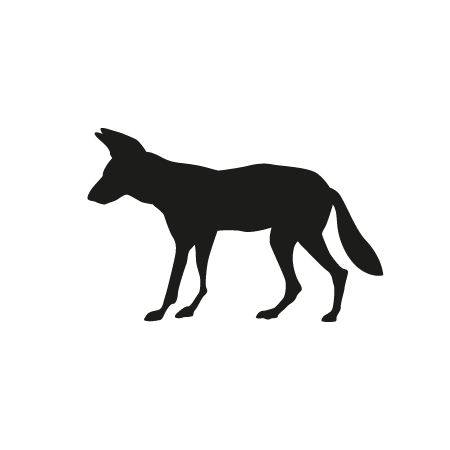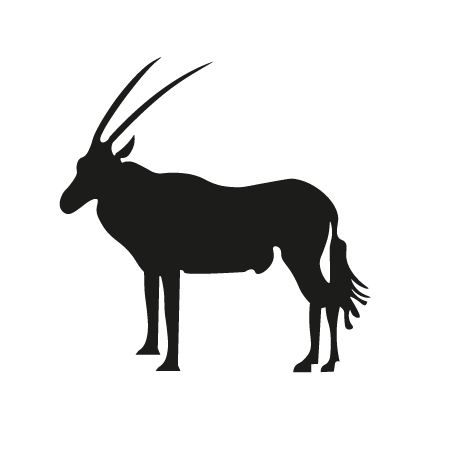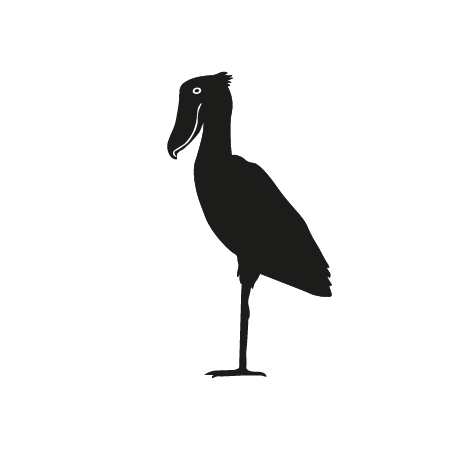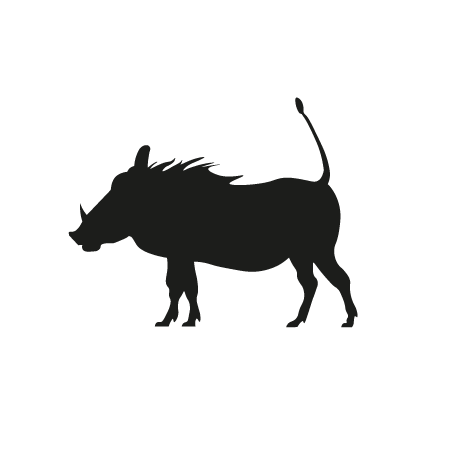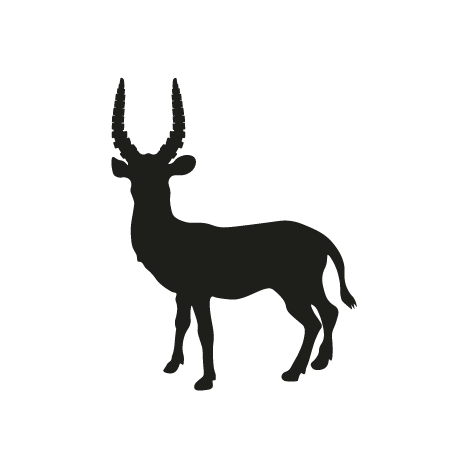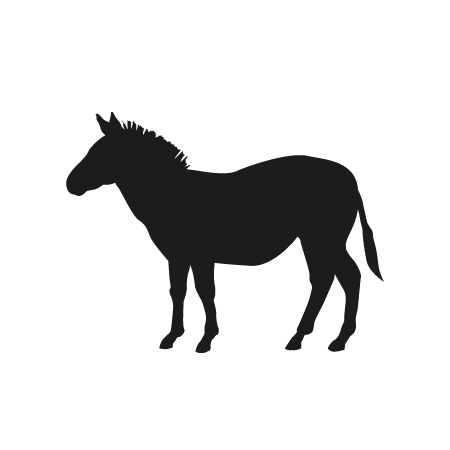January•March: the wildebeest herds live in the low grass plains, particularly rich in minerals, of the southern parts of the Serengeti and the western part of the Ngorongoro Conservation Area (Ndutu). During this period, it is possible to witness the exciting synchronised births: a brief population explosion that produces more than 8,000 calves per day before the 1.000 km (600 mile) pilgrimage begins. The concentration of predators attracted, of course, by an easy meal is also very high.
April: the calves have been weaned and are ready to embark on the long journey. As the rains cease, the land dries up quickly, forcing the herds to concentrate in the few remaining green areas. Marching wildebeests and zebras migrate north-west in search of fertile pastures and new water sources to drink, forming endless lines up to 40-50 kilometres long. Behind them, tireless predators make the journeys even more exhausting and dangerous.
May: the herds stay for a short time in the lands west of Seronera. It is the mating season: half a million wildebeests mate in less than a month. There is then fighting between males who fight for dominance of the territory and to secure the right over the females.
June•July: the large herds move northwards, in the so-called Western Corridor, towards the Grumeti River. This is one of the most scenic moments of the Migration that, at least once in your life, you should witness: the famous crossing of the Grumeti River, a river with a moderate water flow but infested with ruthless Nile crocodiles. The crossing of the Grumeti is the first major obstacle the migration encounters on its way, and it happens only once and in a short time, one or two weeks.
August•October: this is perhaps the most eagerly awaited and hectic time of year. The large herds arrive in the westernmost part of the park and cross the Mara River, leaving the Serengeti to seek water in the Masai Mara protected area in Kenya. The wildebeests and zebras gather on the riverbank and can wait up to days before crossing it: the Mara River is in flood and many wildebeests drown due to the strong current and the high, slippery sandy banks. Once they reach the other bank, if they have escaped the jaws of the huge Nile crocodiles, they have to contend with lions and lionesses ready to attack as soon as the opportunity arises. A cruel and fascinating spectacle at the same time. It is relatively easier to spot the crossing of the Mara River than the Grumeti because the herds move several times between the Masai Mara and the Serengeti Mara, always driven by the constant search for food.
